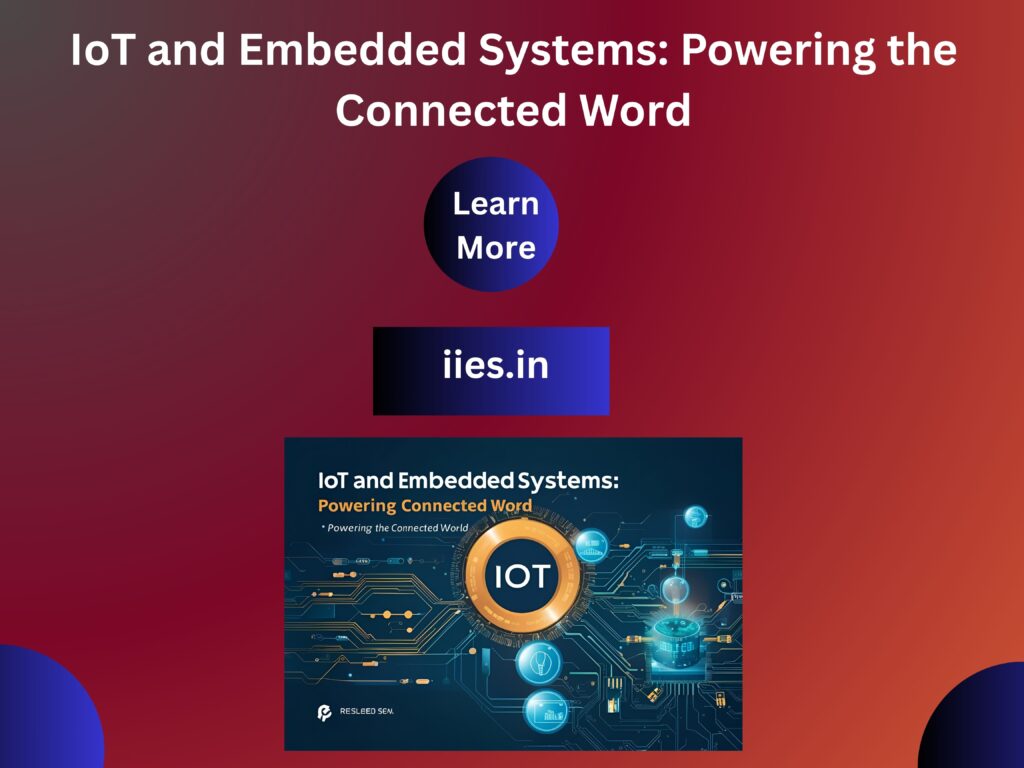What is an Embedded System?
An embedded system is a specialized computer designed to perform dedicated functions within a larger system. Unlike general-purpose computers, embedded systems are typically optimized for efficiency, real-time operation, and low power consumption.
Examples include:
- Microcontrollers in washing machines
- Engine control units in cars
- Heart rate monitors in fitness bands
They often run on real-time operating systems (RTOS) or bare-metal code, and are built around microcontrollers like ARM Cortex-M, AVR, or ESP32.
What is IoT?
The Internet of Things (IoT) refers to a network of physical devices connected to the internet, collecting and exchanging data. These “things” range from consumer devices like smart thermostats to industrial machines monitoring factory operations.
IoT devices share three key characteristics:
- Sensing the environment (e.g., temperature, motion)
- Processing the data (often on the device)
- Communicating with other devices or cloud platforms
The Link Between IoT and Embedded Systems
At the heart of every IoT device is an embedded system. This system acts as the brain, interpreting sensor data and making decisions, and as the messenger, sending this data to the cloud or other devices.
Why Embedded Systems Matter in IoT:
- Low Power: IoT devices are often battery-operated. Embedded systems are designed to be power-efficient.
- Real-Time Processing: Many IoT applications need immediate response (e.g., airbag deployment, insulin delivery).
- Scalability and Cost: Embedded systems are inexpensive to scale and integrate, which is crucial for widespread IoT deployment.
Example: Smart Agriculture
In a smart irrigation system:
- Sensors collect soil moisture and temperature data.
- An embedded microcontroller processes this data.
- The system makes decisions (e.g., when to turn on sprinklers).
- It then sends data to the cloudfor analytics and user alerts.
All of this happens in real-time with minimal power usage—thanks to embedded systems.
Future of IoT and Embedded Systems
As AI moves closer to the edge (Edge AI), embedded systems will become more powerful, enabling faster local decision-making. Additionally, technologies like 5G, LoRaWAN, and Matter are expanding the communication capabilities of IoT devices.
We’re heading toward a world where billions of embedded systems silently power our connected lives—from cities and cars to homes and hospitals.
Final Thoughts
IoT may be the glamorous front-facing side of the connected world, but embedded systems are its unsung heroes. They bring intelligence, control, and communication to our physical environment.
Understanding embedded systems is essential for anyone looking to innovate in the IoT space. Whether you’re a student, hobbyist, or engineer, diving into embedded systems is your gateway to building the smart devices of tomorrow.

